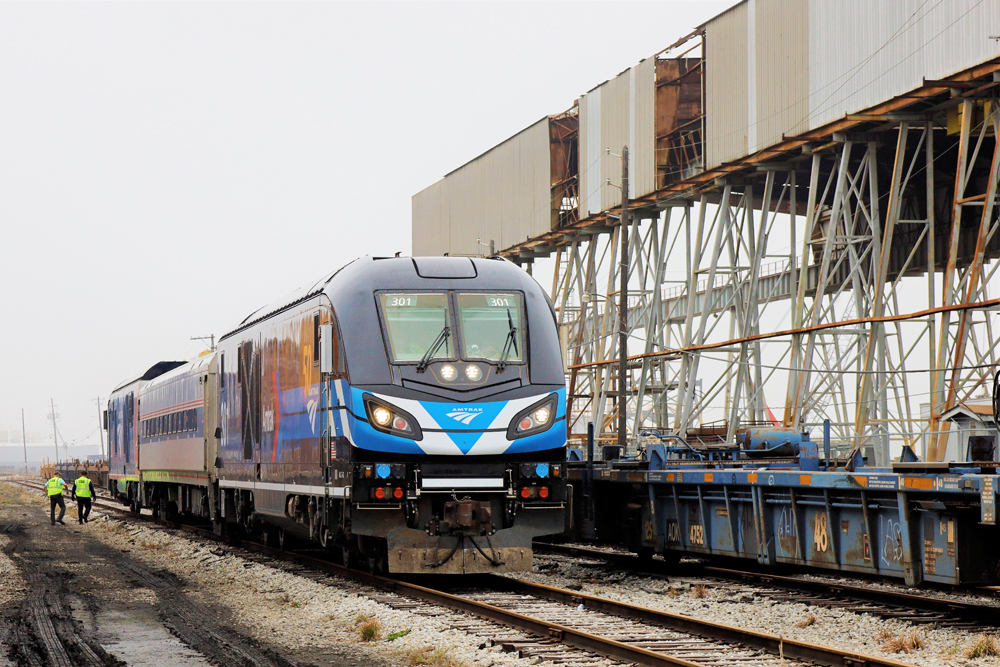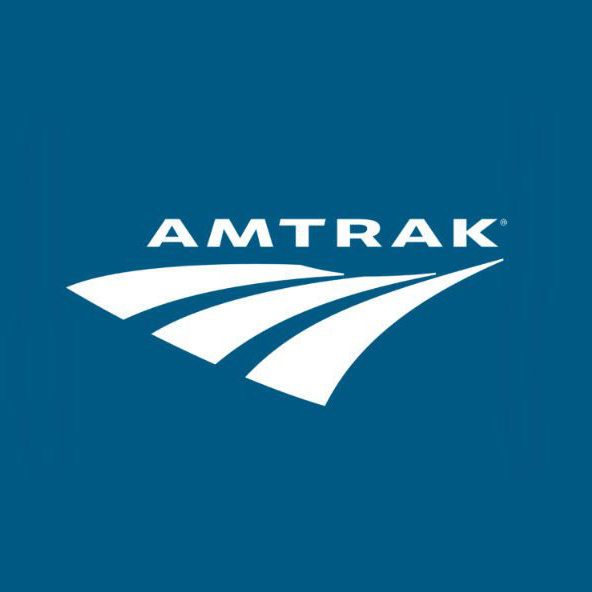
LOS ANGELES — Commuter rail operator Metrolink is expanding service on its San Bernardino Line in response to the closure of a portion of Interstate 10, a major route into downtown Los Angeles traveled by some 300,000 cars per day.
Metrolink will add three additional round trips between L.A. Union Station and its Covina station — with three trains during the morning rush-hour period and three in the afternoon — and is added additional cars to other San Bernardino Line trains to increase capacity. Schedules for that line are available here.
LA Metro, meanwhile, is outlining light rail and bus alternatives for those wishing to avoid the traffic resulting from the problems on I-10. The light rail E Line and J bus line most closely parallel the route, but there are other alternatives.
I-10 has been closed since a massive fire at two storage yards under the freeway on Saturday; engineers are still assessing the extent of the damage and how long the freeway will be closed, but Gov. Gavin Newsom said at a Monday news conference that the fire was arson, the Los Angeles Times reports. Newsom said it is possible the fire damage will require the entire overpass to be torn down.














Is LA Metro adding trains on the Metro rail lines during this, er, inconvenience? Neither the Trains article nor Metro’s web announcement says that they are.
What you are saying might have some fact to it, but if you are saying that trains are largely dependent on highways, what about our intercity and transit bus systems which in some cases are virtually non existant. Look at any interstate highway and you will see plenty of cars and trucks but very few to no buses. Maybe a few tour buses but a company like Greyhound for example has shrunk to a very small shell of what it used to be. I can’t remeber when I last seen a Greyhound bus operating anywhere on the highway. In some places Greyhound only runs once a day or maybe two or three times a week. In some spots in California there is no public transit service of any kind and that includes the interity bus which by any matter is cheaper to travel on and a bus is very flexible It can operate anywhere and be diverted onto any street as traffic conditions warrant and if it don’t pay or attract ridership it is simply discontinued unlike a rail line which when abandoned or service discontinued has rails and stations being reclaimed by nature or just rot away. I favor trains and rail transport but the bus both intercity and city transit is the most effective and cost efficient means to move large groups of people and a bus don’t require rails or stations and it only takes one person to operate and drive Speaking of moving railworkers from location to location you simply put the workers on a bus and drive them to where they are needed Your statement that railroads need and depend on the highways and if that is the case, why bother with any rail transport Simply rip up the rails and pave over the right of way and turn them into roads and highways. The Canadian province of Newfoundland did just that many years ago/ They got rid of all rail service and converted everything to roads and people living on Newfoundland get around by car and goods and services are handled by truck. If you live on Newfoundland, you need to have a car or invest in a bicycle to get around or just walk to where you need to go. Getting back to California, if you are a pedestrian and don’t drive or own a car in most large cities just simply walking or crossing the street is an adventure and a challenge and can be scary waitng forever for lights to change and when they do you only are given seconds to cross before the lights change back again for the cars to rule the streets. Here in Orlando its the same situation, waiting for what seems like hours for lights to change in your favor and the nrver ending stream of cars racing by and in some places ther aren’t even sidewalks to walk on you take your life in your hands walking along side the traffic and trying to cross the street or intersection safely. We know auto and truck traffic rules the transportation scene and has the lion’s share of mobility and of course as more highways and freeways get built and existing ones get expanded and enlarged, the day is coming when cities and towns will have to build overhead walkways and bridges just for pedestrians and bikers to safely navigate streets and roads. Here in Orlando just last year there was a proposal to make more sidewalk space and regulate traffic lights and better trafic control and timing and make safer streets but it was voted down by the good car owners and citizens of Orlando as being unnecessary and expensive and not needed. Cars rule and more coming each day.
Joseph C. Markfelder
While the percentage of people riding buses on longer trips is down, other bus companies from the Mega Bus type to those dedicated to only one or a few routes have taken over many of Greyhound’s former customers.
There is a possible silver lining to this disaster. People might just switch to using the trains to get to where they need to go and less dependence on cars. This might start a new trend and commuting habit for commuters once they get used to the idea of train travel. It seems like whenever there is some disaster or disruption in travel by car or even plane that the old reliable forgotten and much maligined metod of trave= the train soon becomes very important and people rush to using it when other transportation methods fail or unavailable due to any number of circumstances weather or in this case fire or a roadway collapse like the incident a few months ago in Philadelphia when Septa increased their service when a segment of highway collapsed. Of course this only has value if a rail line or train service is nearby or close enough to accomodate extra ridership due to any issues that curtail or cancel out other means of travel. No matter what people or certain factions in government or public office might think, the train and railroads will always be an important part of our transportation system and should be just one link in the process of moving both people and goods across this nation. I bet California now regrets the foolish move they did many years ago by getting rid of the PE System and wishes they could have that rail network back with modernization and upgrades. What they are building now and trying to stem the damage of 50 or more years is a nice try but the damage is done and cant’t be reversed.
Joseph C. Markfelder
No, Joseph. Diversions b/c of closed freeways never bring permanent ridership to transit. Doesn’t happen. Anyone who could logically have chosen the train for their commute already was on the train. Before the freeway closed.
Fact is, Joseph, trains are hugely dependent on highways. The number of railroad crews (T+E, M/W. backshop) that ride a train to their crew base is somewhere between slim and none. M/W equipment, trainmaster supervisors, deliveries of fuel and supplies, all move by highways.
Transit doesn’t attract ridership because of another mode’s disaster.